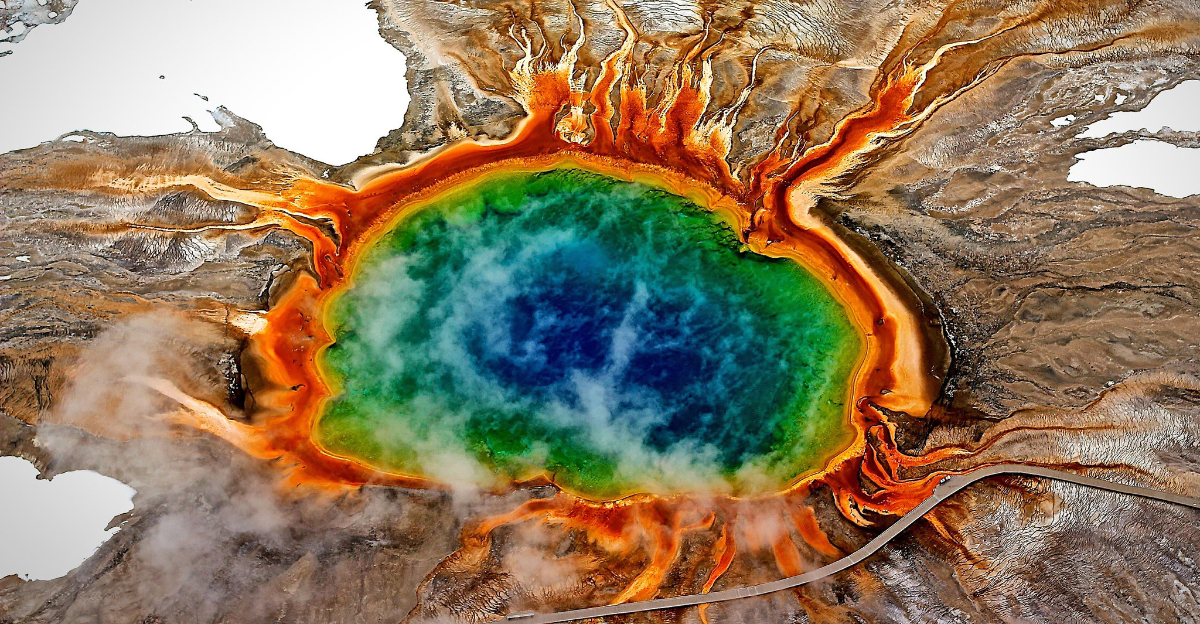
Beneath Yellowstone National Park is one of the most powerful volcanic systems on the planet, yet its stability has long puzzled scientists. Recent research reveals a critical discovery: a magma-rich “lid” 2.5 miles underground that regulators pressure and heat, preventing catastrophic eruptions.
This discovery by a multi-university team, reported in the journal Nature, explains how Yellowstone’s supervolcano releases gases while maintaining equilibrium. The research team applied high-resolution seismic imaging and advanced models, presenting new insights into the volcanic system’s dynamics and potential future behavior.
Unveiling Yellowstone’s Magma Cap
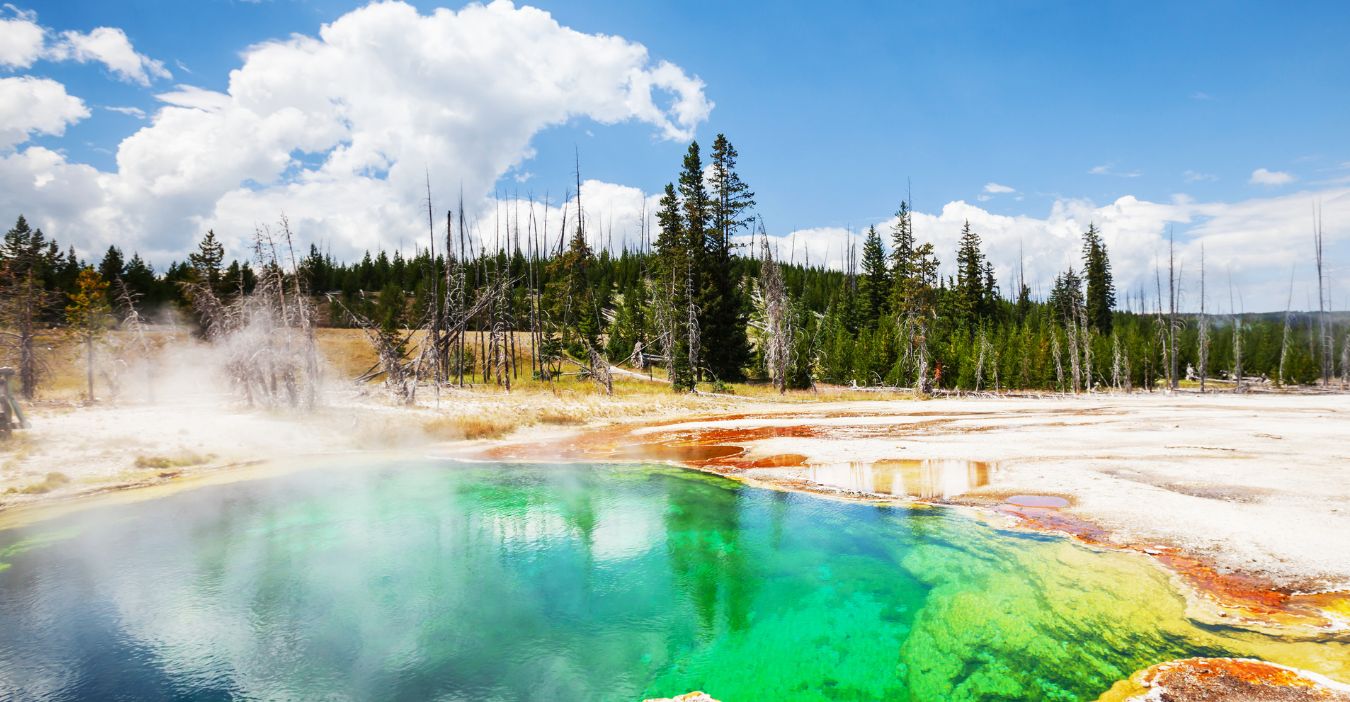
A sharp, volatile-rich layer of magma acts as a stabilizing cap 2.5 miles beneath Yellowstone’s surface. This lid traps heat and pressure from deeper magma reservoirs while allowing gases such as water and carbon dioxide to escape through porous rock.
The discovery resolves decades of uncertainty about the system’s upper boundary, which had previously been estimated to be between 2 and 5 miles deep. By pinpointing its exact depth, researchers now better understand how Yellowstone’s volcanic “plumbing” functions.
Seismic Imaging Breakthroughs
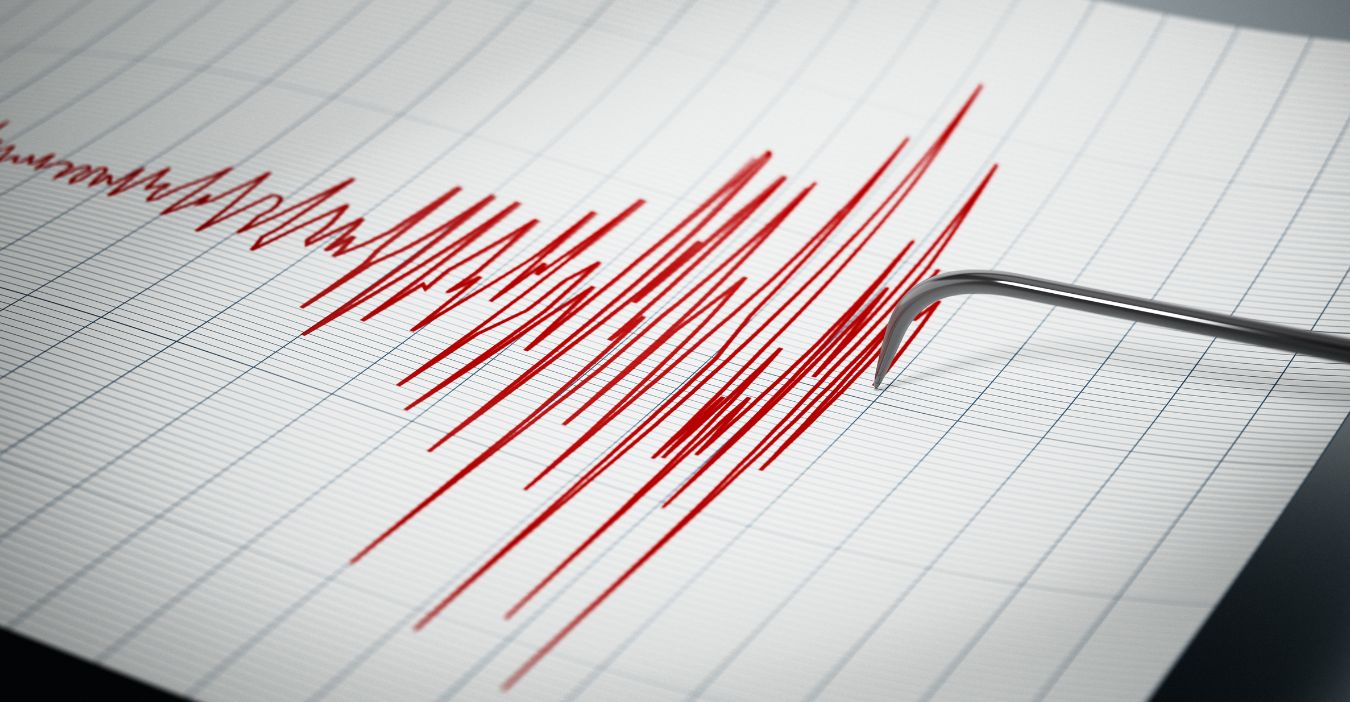
To map the subsurface, scientists used a 53,000-pound vibroseis truck, which produced seismic waves reverberating off subsurface structures. Over 600 temporary seismometers recorded these signals, documenting the cap’s distinctive seismic signature.
This technique, commonly employed in oil exploration, offers a high resolution of Yellowstone’s magma system—a technological leap for volcanic surveillance.
Structure of the Volatile Layer
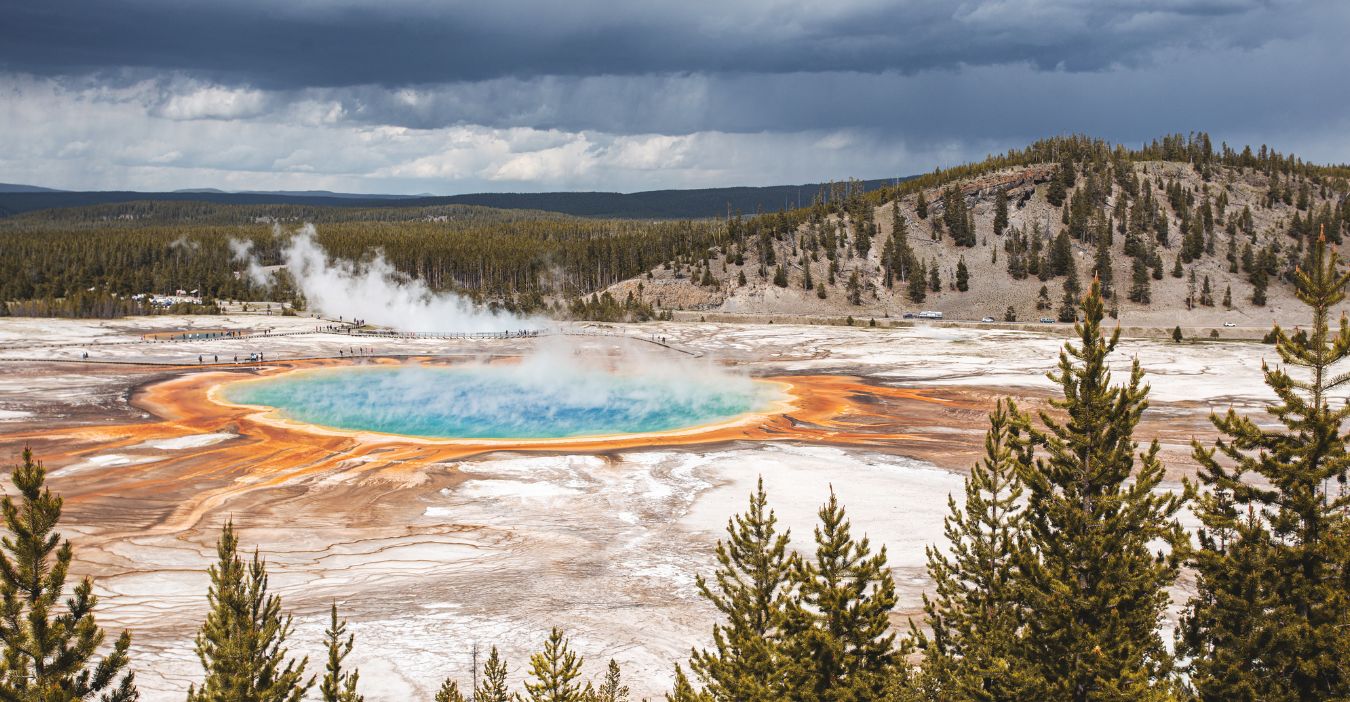
The cap consists of partially molten rhyolite rock interlaced with supercritical fluids—a pressurized mix of water and carbon dioxide. Seismic data indicated 14% porosity, half of which was occupied by gas bubbles.
This porous structure enables gradual gas release, preventing pressure buildup. Unlike denser magma chambers, this layer’s composition suggests stability rather than imminent eruption.
Natural Pressure-Release Mechanism
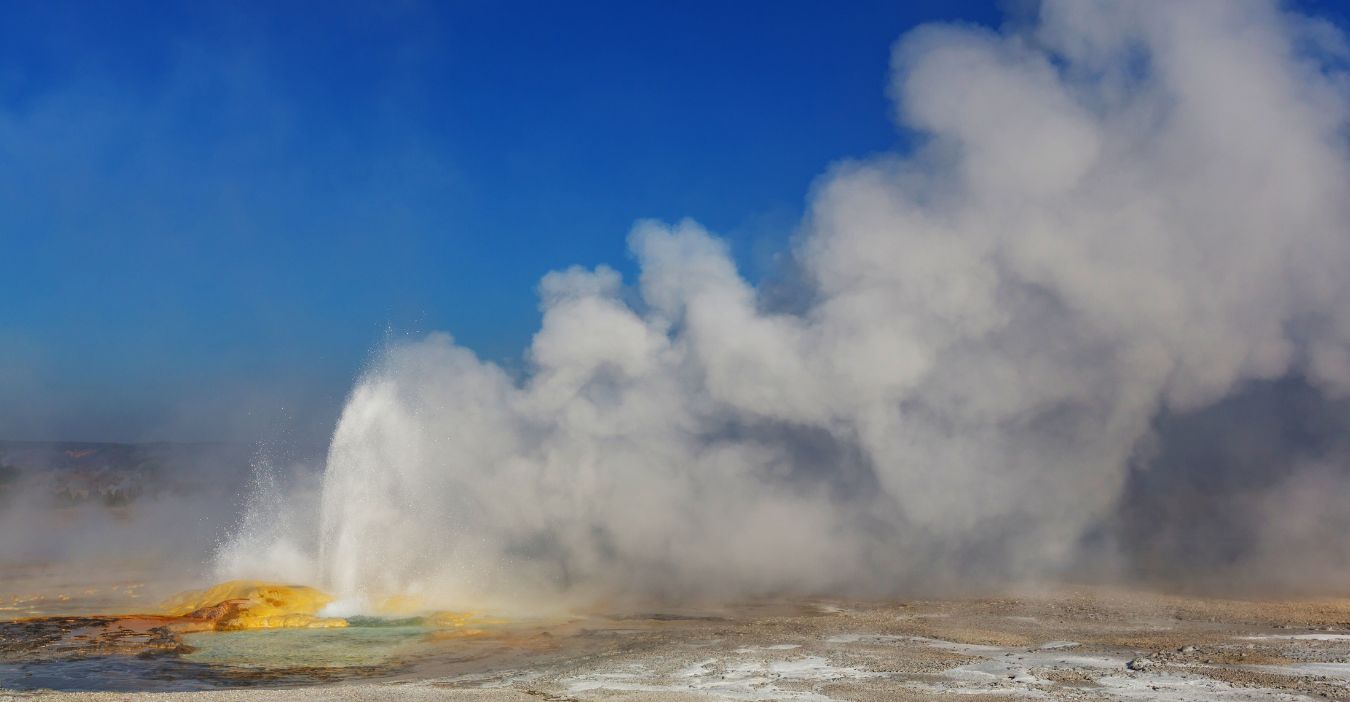
At Yellowstone, the cap operates like a “steady breathing” system: rising gases are released through cracks and mineral channels, venting at hydrothermal features like Mud Volcano.
This process mimics a natural pressure valve, reducing the risk of eruptions. Researchers note that bubble concentrations are still well below critical thresholds, indicating the system efficiently self-regulates.
Implications for Eruption Risk

While the cap stabilizes Yellowstone, its brittle crustal position, linked to past eruptions, raises concerns. A disruption in gas venting or increased magma inflow could elevate pressure. However, current models suggest the cap’s porosity and active degassing make a catastrophic eruption unlikely in the foreseeable future.
Historical Context for Eruptions
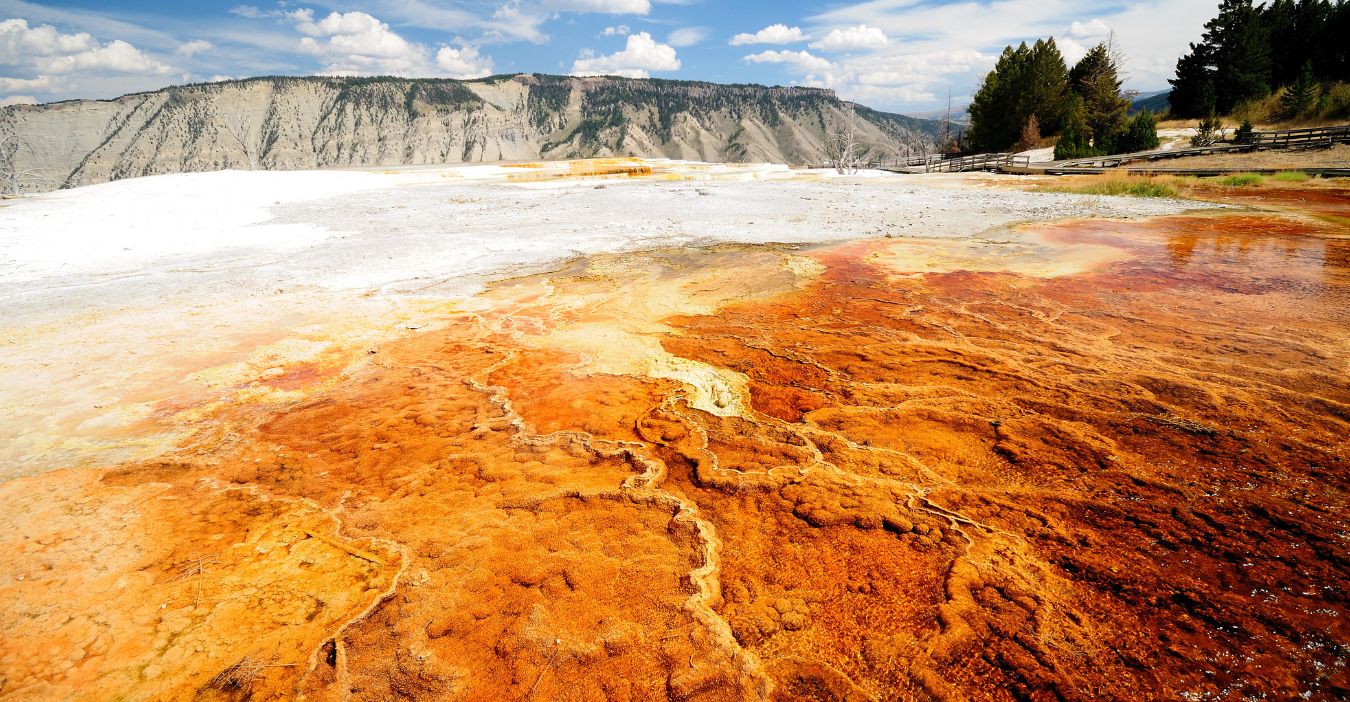
The most recent significant eruption in Yellowstone was 70,000 years ago, creating the Pitchstone Plateau lava flow. Smaller hydrothermal explosions, such as the 2024 geyser reactivation and a 2023 boardwalk-damaging blast, highlight ongoing activity. These observations reveal the systems’ dynamics despite the cap’s moderating influence.
Technological and Collaborative Triumph

The study’s success hinged on collaboration between Rice University, the University of Utah, and others, as well as innovative fieldwork during the COVID-19 pandemic.
Nighttime vibroseis operations and strategic placement of seismic sensors reduced disruptions in the protected park, demonstrating adaptability in challenging research environments.
Future Research and Monitoring
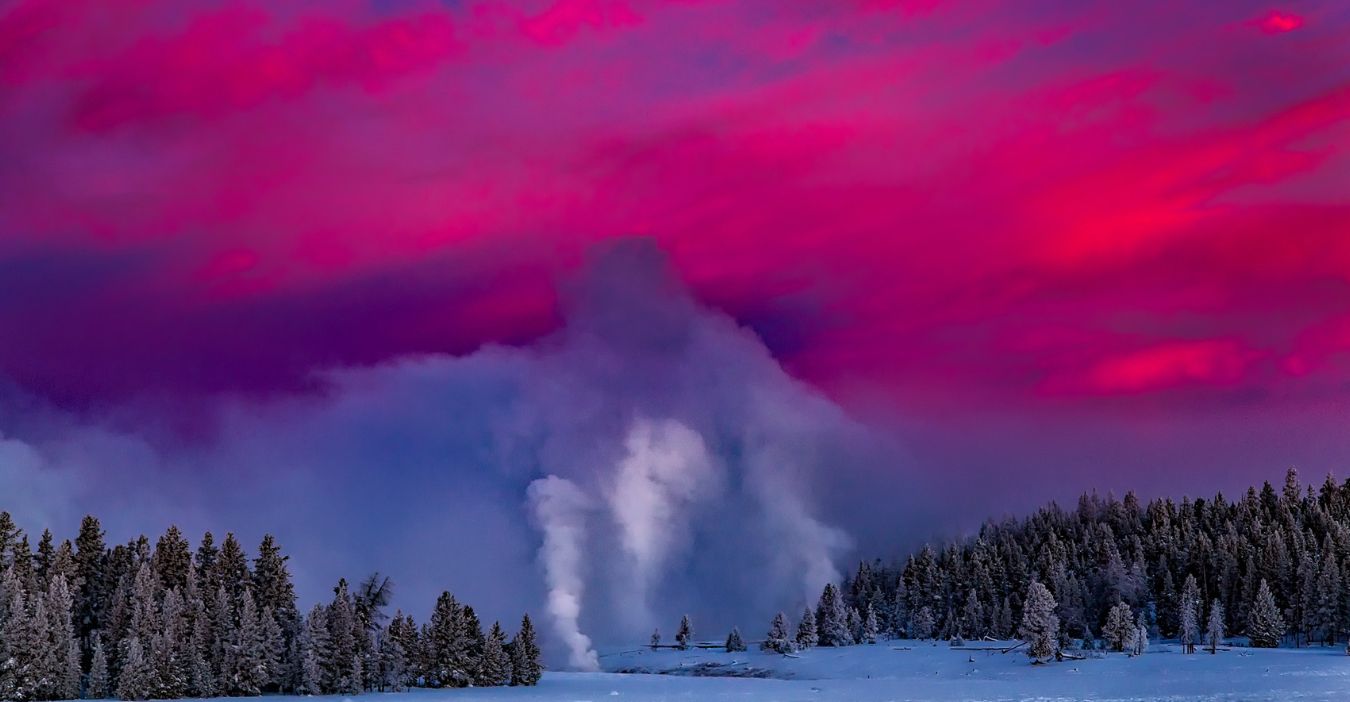
Researchers intend to monitor gas emissions and seismic shifts to detect changes in cap integrity. Improved imaging techniques may then lead to better eruption forecasts worldwide. This research also enhances subsurface mapping accuracy, aiding geothermal energy development and carbon storage strategies.
A Delicate Balance
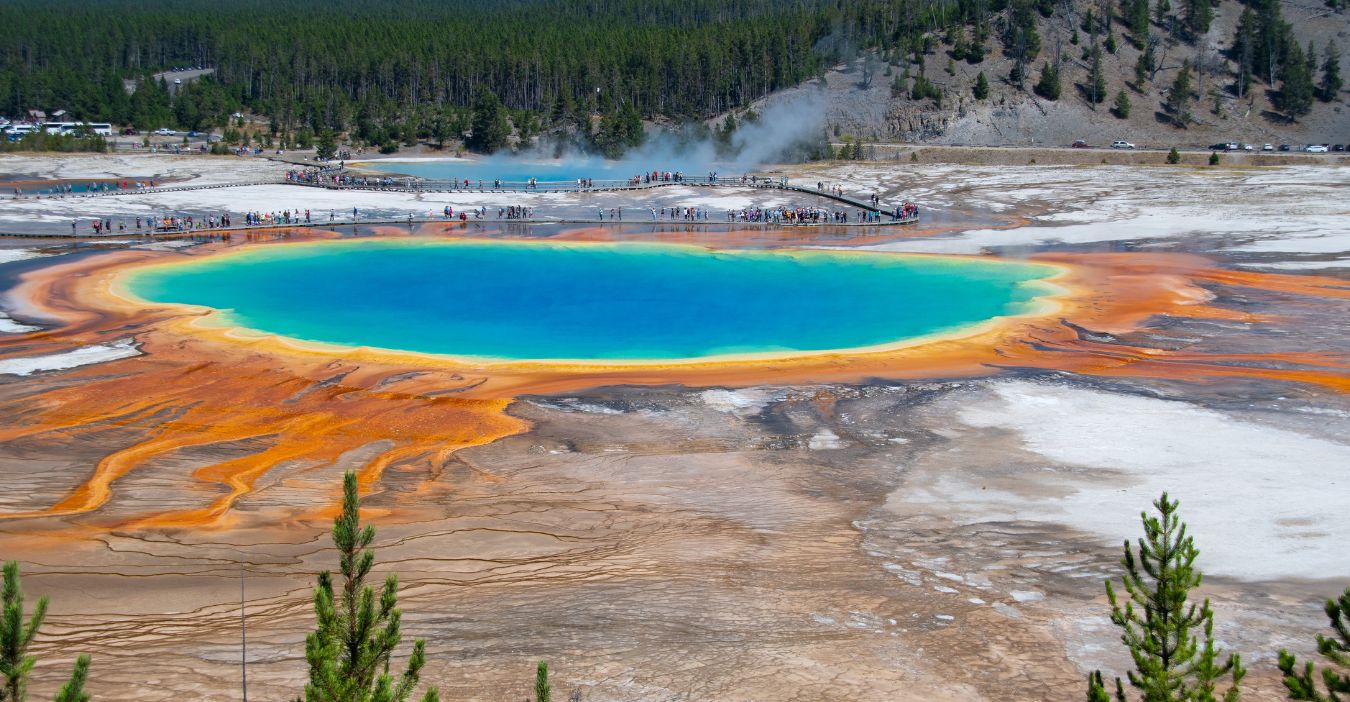
Yellowstone’s magma cap exposes a delicate balance between containment and release. While the system remains stable, continuous monitoring is essential to anticipate threats.
As Schmandt notes, understanding subsurface processes helps “see through complicated data,” empowering both disaster preparedness and sustainable resource use.
Explore more of our trending stories and hit Follow to keep them coming to your feed!

Don’t miss out on more stories like this! Hit the Follow button at the top of this article to stay updated with the latest news. Share your thoughts in the comments—we’d love to hear from you!







